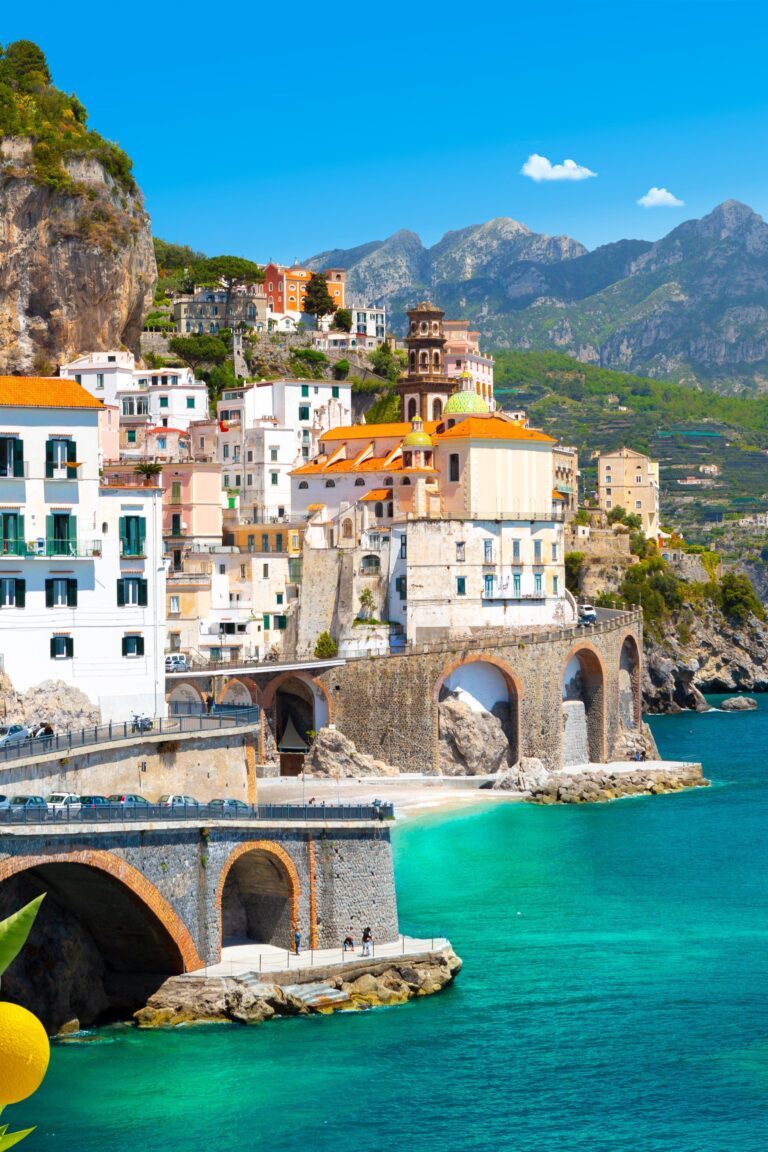Italy has officially approved the construction of a long-debated bridge that will connect the island of Sicily to the Italian mainland. The controversial infrastructure project, aimed at boosting transportation and economic development, has sparked intense public debate over environmental, financial, and cultural concerns. As plans move forward, the bridge is poised to become one of the most significant engineering endeavors in the country’s recent history.
Italy Approves Controversial Sicily Mainland Bridge Amidst Environmental Concerns
The Italian government has officially authorized the construction of a vast bridge connecting Sicily to the mainland, a project that has sparked intense debate among environmentalists and local communities. Proponents argue that the bridge will significantly bolster economic development by improving transportation links, easing freight movement, and boosting tourism. However, critics warn that the massive infrastructure will irreversibly damage the fragile marine ecosystem of the Strait of Messina, home to diverse flora and fauna, some of which are endangered.
Key points surrounding the project include:
- Length: Approximately 3.3 kilometers, making it one of Europe’s longest suspension bridges.
- Cost: Estimated €6 billion, funded primarily through public investment.
- Construction timeline: Projected to span over 7 years, with completion targeted in 2031.
- Environmental concerns: Potential risks include disruption of marine wildlife migration and alteration of sea currents.
- Supporters: Regional governments, construction consortiums, and some local businesses.
| Aspect | Supporters | Opponents |
|---|---|---|
| Economic Impact | Boosts trade and tourism | Uncertain long-term benefits |
| Environmental Impact | Claims of minimal disruption | Threatens marine biodiversity |
| Construction | Generates jobs | Risk of delays and cost overruns |
Experts Debate Economic Impact and Feasibility of Large-Scale Infrastructure Project
Proponents of the Sicily-Mainland bridge argue that the project could revolutionize transportation and trade in the region, reducing travel time and boosting economic integration. The government insists that the bridge will enhance connectivity, fostering tourism and facilitating the movement of goods and workers. Supporters highlight potential job creation during the construction phase and foresee long-term benefits from improved infrastructure linking southern Italy to the rest of the country.
However, critics raise serious concerns about the project’s feasibility, environmental impact, and financial burden. Skeptics question whether the economic return justifies the estimated multi-billion euro investment, warning of potential cost overruns and lengthy construction timelines. Environmentalists worry about damage to marine ecosystems in the Strait of Messina, urging reassessment of risk factors. The debate is further complicated by social factors, such as possible displacement and the risk of increased debt for the Italian government.
- Estimated Length: 3.3 kilometers
- Projected Cost: €8 billion
- Expected Completion: 2032
- Job Creation: 15,000 during construction
| Aspect | Supporters’ View | Critics’ View |
|---|---|---|
| Economic Impact | Stimulates growth, job creation | Risk of debt, questionable ROI |
| Environmental Concerns | Mitigation plans in place | Irreversible damage to marine life |
| Project Feasibility | Expert engineering solutions | Complex engineering challenges |
| Social Impact | Improved mobility and access | Possible displacement, public opposition |
Recommendations Urge Enhanced Transparency and Comprehensive Environmental Assessments
In light of the recent approval of the ambitious bridge project connecting Sicily to the Italian mainland, experts and environmental groups have stressed the critical need for greater transparency throughout the development process. Advocates argue that full disclosure of the project’s potential impacts must be made available to the public to foster informed debate and ensure accountability. Calls for detailed disclosures have highlighted concerns over construction methods, cost overruns, and the project’s long-term ecological footprint.
Moreover, comprehensive environmental assessments are being demanded to thoroughly evaluate not only immediate effects but also the cumulative impacts on the region’s unique ecosystems. Key aspects include:
- Marine biodiversity preservation in the Strait of Messina
- Seismic risk analyses given the area’s geological instability
- Evaluation of air and noise pollution during and after construction
- Potential changes in local economic and social dynamics
| Assessment Focus | Key Concerns | Recommended Measures |
|---|---|---|
| Marine Life | Disruption of habitats, species migration | Implement seasonal restrictions, continuous monitoring |
| Seismic Safety | Bridge resilience to earthquakes | Advanced engineering, regular structural assessments |
| Pollution Control | Air quality and noise increase | Emission limits, sound barriers |
The Way Forward
As Italy moves forward with the approval of the long-debated bridge linking Sicily to the mainland, the project stands at the crossroads of ambitious engineering and contentious public debate. While proponents hail it as a transformative infrastructure endeavor poised to boost economic connectivity and regional development, critics remain wary of its environmental impact and significant costs. The coming months will be crucial as detailed plans are finalized and construction begins, marking a new chapter in Italy’s infrastructure history.




